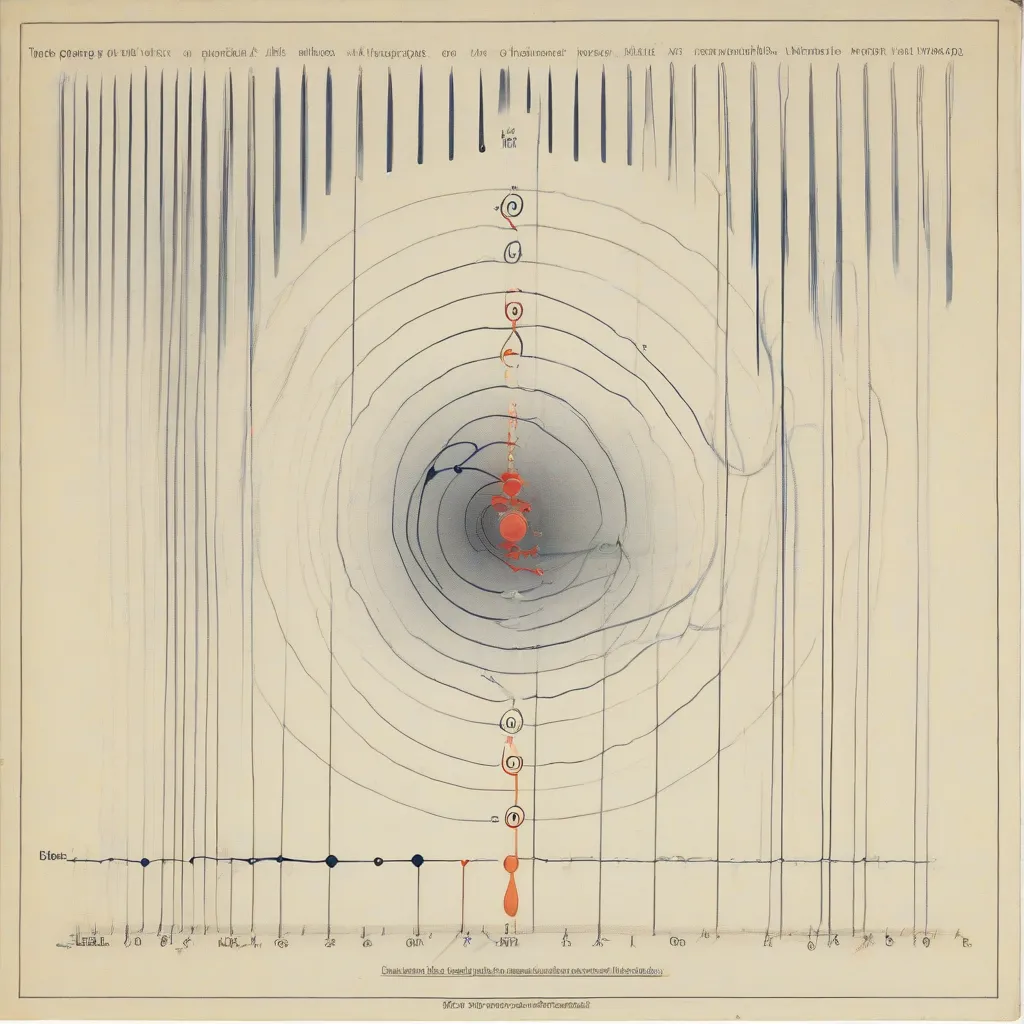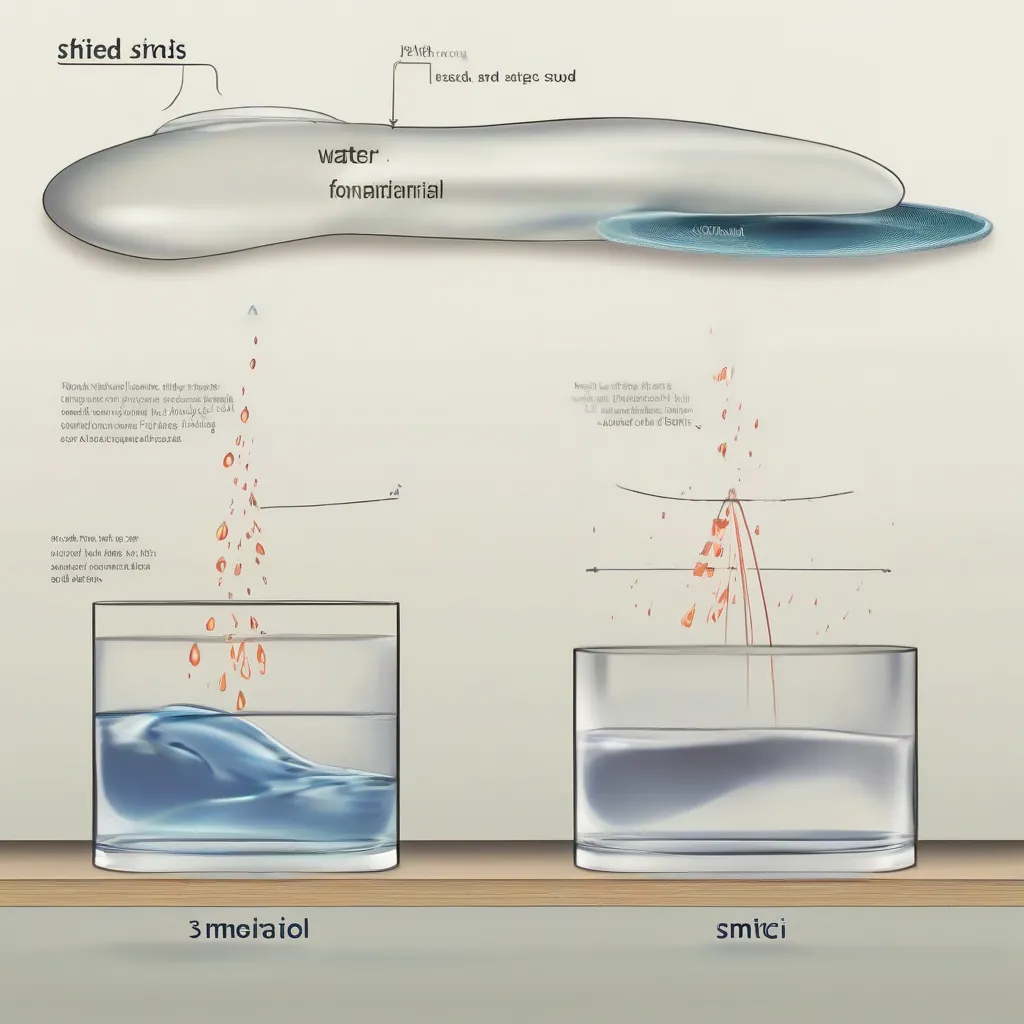Have you ever stood at the edge of the Grand Canyon and shouted, only to hear your voice echo back moments later? This incredible phenomenon, a staple of travel adventures, is a testament to the power of sound waves. But how exactly do these waves carry our voices, music, and the cacophony of the world around us through the air?
The Magic of Sound Wave Propagation
Sound, unlike light, isn’t a mystical force that travels in straight lines. Instead, it’s a type of energy that relies on vibrations. Imagine yourself on a bustling street in Tokyo, the air thick with the aroma of street food and the murmur of conversations. Each sound, from the honk of a taxi to the strum of a Shamisen being played by a street performer, creates tiny vibrations in the air molecules.
These vibrations don’t stay put. Like dominoes toppling into one another, they cause a chain reaction, transferring energy from one air molecule to the next. This domino effect is what we call a sound wave. As the wave travels, the air molecules themselves don’t actually travel far; they simply oscillate back and forth, bumping into their neighbors and passing along the vibrational energy.
Visualizing the Invisible: Compression and Rarefaction
To understand this further, picture a slinky toy. If you push on one end, you create a compressed area followed by a stretched-out area. This pattern of compression and rarefaction is analogous to how sound waves travel through air. The compressed areas represent regions of high pressure where air molecules are squeezed together, while the rarefied areas represent regions of low pressure where the molecules have more space to move.
 Sound Wave Propagation Diagram
Sound Wave Propagation Diagram
The Speed of Sound and Its Travel Companions
It’s fascinating to note that sound travels much slower than light. While light zips along at an astonishing 299,792,458 meters per second, sound takes its time, moving at a leisurely pace of around 343 meters per second in dry air at 20°C. This difference in speed is why we see lightning before we hear the clap of thunder.
Moreover, just like different modes of transportation impact our travel experiences, the medium through which sound travels influences its speed and quality. Sound travels faster in water than in air and even faster in solids. This is because the molecules in liquids and solids are packed more tightly together, facilitating faster energy transfer.
 Sound Travel Through Different Mediums
Sound Travel Through Different Mediums
Factors Influencing Sound Travel
Several factors can affect how sound waves travel through the air:
- Temperature: As temperature rises, air molecules gain energy and move faster, leading to a slight increase in the speed of sound.
- Humidity: Have you noticed that sounds seem clearer on humid days? This is because water vapor is less dense than dry air, allowing sound waves to travel faster.
- Wind: A tailwind can give sound waves a boost, making them travel slightly faster, while a headwind can slow them down.
Echoes: Sound’s Reflections on a Journey
Imagine standing amidst the ancient ruins of Machu Picchu, the silence broken only by the chirping of birds and the whisper of the wind. If you were to clap your hands, you’d likely hear an echo as the sound waves bounce off the surrounding stone structures.
Echoes occur when sound waves encounter a surface and reflect back towards the source. The time delay between the original sound and its echo depends on the distance between the sound source and the reflecting surface. The farther away the surface, the longer it takes for the echo to return.
FAQs: Unpacking Common Queries About Sound
Why does sound travel faster in water than in air?
The key lies in the density of the medium. Water molecules are packed much closer together than air molecules, allowing vibrations to transfer energy more quickly.
Can sound travel through a vacuum?
No, sound cannot travel through a vacuum because there are no molecules to vibrate and carry the sound waves. This is why astronauts on spacewalks need to communicate using radios or other devices that transmit signals through electromagnetic waves, which don’t require a medium.
Conclusion: Embracing the Symphony of Sound
Understanding how sound waves travel through air opens up a deeper appreciation for the symphony of sounds that surrounds us. From the crashing waves on a beach in Bali to the rhythmic chants of monks in a Tibetan monastery, sound is an integral part of the travel experience. So, the next time you find yourself captivated by the acoustic beauty of a new destination, take a moment to appreciate the invisible dance of air molecules that makes it all possible.
For more insightful explorations of fascinating travel-related phenomena, be sure to explore other articles on TRAVELCAR.edu.vn.

